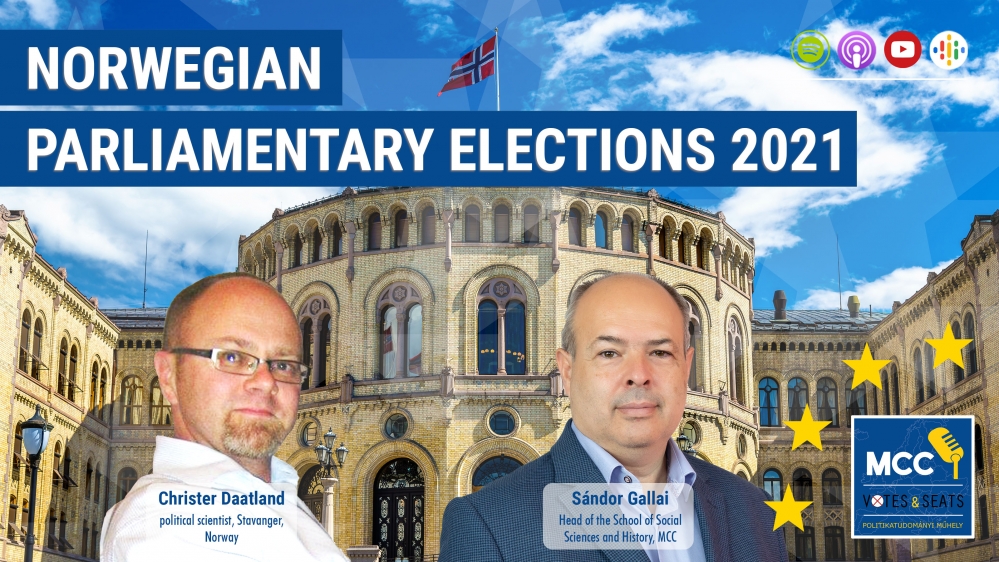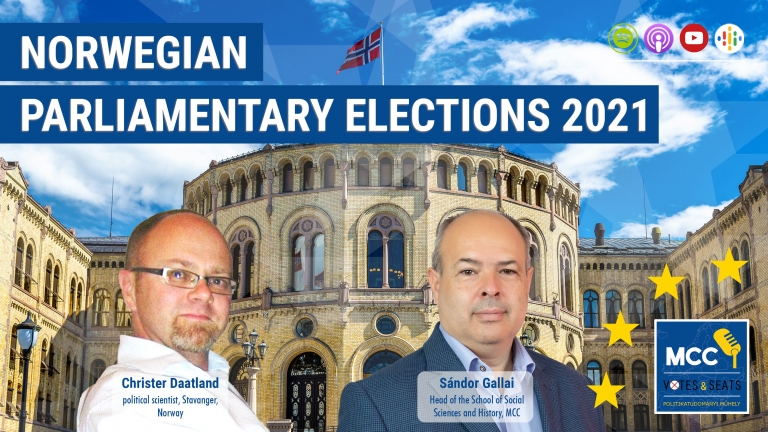He outlined the main campaign issues, analyzed the developments of the party system, and revealed what we should expect from the new government. After the unexceptional 8 years in government, the center-right parties were defeated, and the earlier coalition of the Labour, the Centre, and the Socialist Left parties may return to power. This time, however, the Labour will not be in a dominant position, thus the expected prime minister, Jonas Gahr Støre will be more dependent on the will of the coalition partners. The negotiating parties have disagreements over the wealth tax, climate taxes, rural policies, and EU relations. With the right of center opposition and the growing far-left in opposition and the smaller, the Labour will need a careful balancing to maintain government stability for the next parliamentary term. The leader of the Progress Party resigned after 15 years, and the party lost its third position in the election. The Christian Democratic Party fell out of parliament, while the formerly Maoist Red Party went up from 1 to 8 seats in the legislature. A new, single-issue party, the Patient Focus entered parliament for the first time with one representative from Norway’s northernmost region of Finnmark. The small parties will make no major impact on the legislative process. The Norwegian-EU relations are unlikely to change, and the dispute between the two respective governments over the suspension of Norwegian Fund support to Hungary will certainly remain unresolved.

2021. szeptember 27.
Norwegian parliamentary election (2021)
Christer Daatland, a political scientist from Stavanger, Norway, gave us an insight into the Norwegian parliamentary elections held on 13 September.
Olvasási idő: 2 perc









